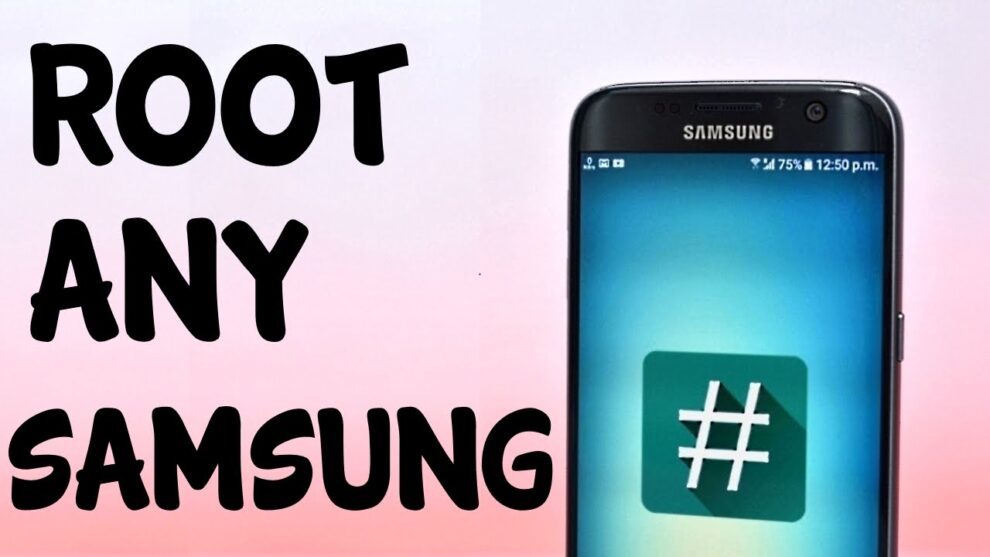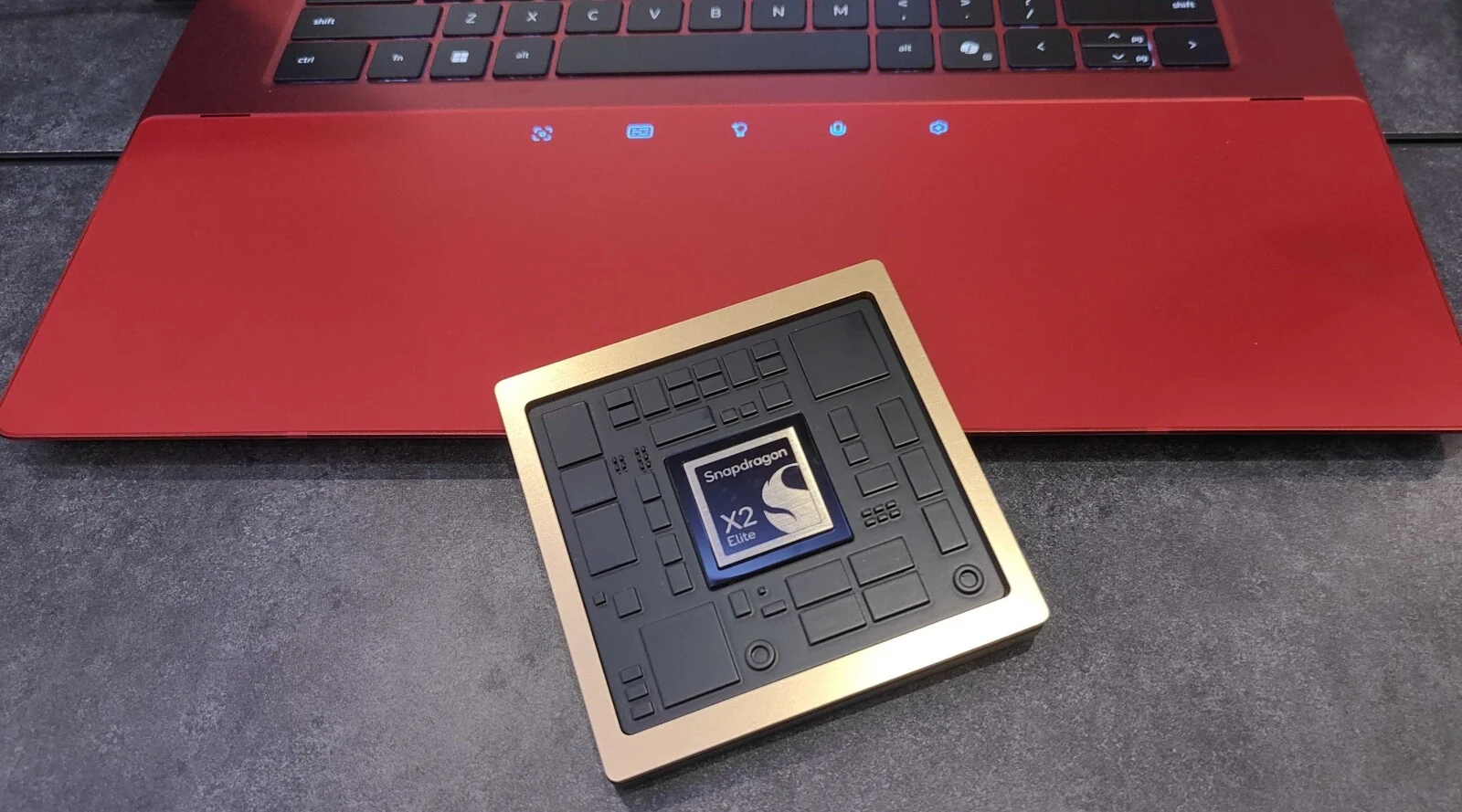Rooting your Samsung phone opens up a world of possibilities, allowing you to customize your device far beyond its stock capabilities. From removing bloatware and boosting performance to installing custom ROMs and advanced apps, the benefits are compelling. However, rooting also carries risks, including voiding your warranty and potential security vulnerabilities. This guide will walk you through how to root your Samsung phone safely using the widely accepted method with Magisk and Odin.
Disclaimer: Rooting your phone voids your warranty, trips Knox, and carries the risk of bricking your device if not done correctly. Proceed with extreme caution and only if you are comfortable with technical procedures. This guide is for educational purposes only. I am not responsible for any damage to your device.
What is Rooting and Why Do It?
Rooting an Android device means gaining “root access” or “superuser permissions.” This is akin to having administrative privileges on a computer. By default, Android operates on a restricted user account to protect the system. Rooting bypasses these restrictions, giving you full control over the operating system.
Benefits of Rooting:
- Remove Bloatware: Uninstall pre-installed apps that you don’t use.
- Custom ROMs: Install third-party versions of Android with unique features and performance optimizations.
- Kernel Customization: Overclock your CPU/GPU for better performance or underclock for better battery life.
- Ad Blocking System-Wide: Block ads in apps and browsers without needing a VPN.
- Advanced Backups: Create full system backups (Nandroid backups) for easy restoration.
- Specific Root Apps: Access powerful apps that require root permissions, such as task automation tools, firewall apps, and more.
Risks of Rooting:
- Voids Warranty: Samsung will likely deny warranty claims for rooted devices.
- Trips Knox: Samsung’s Knox security system is tripped upon rooting, permanently disabling Knox-related features (e.g., Secure Folder, Samsung Pay, Samsung Pass, some banking apps). This is often irreversible.
- Security Vulnerabilities: Root access can potentially make your device more vulnerable to malware if you’re not careful with what you install.
- Potential for Bricking: Incorrect steps during the rooting process can render your device unusable.
- No More OTA Updates: You will no longer receive official over-the-air (OTA) software updates. You’ll need to manually flash updates using Odin.
Before You Start: Essential Preparations
Thorough preparation is crucial for a safe rooting process.
- Back Up Everything: This is paramount. Rooting usually involves wiping your device. Use Samsung Smart Switch, Google Drive, or other methods to back up all your data (photos, videos, contacts, messages, apps, etc.).
- Charge Your Phone: Ensure your Samsung phone is charged to at least 80% battery to prevent it from dying during the process.
- Find Your Exact Model Number: Go to Settings > About phone. Note down the exact Model number (e.g., SM-G998B for a European S21 Ultra). Firmware is model-specific.
- Know Your Current Software Version: Go to Settings > About phone > Software information. Note down your Build number (e.g., G998BXXU1AUAA) and Android version. This is essential for finding the correct firmware.
- Unlock Bootloader: This is a critical prerequisite for rooting most Samsung phones.
- Go to Settings > About phone > Software information.
- Tap Build number seven times rapidly to enable Developer options.
- Go back to Settings > Developer options.
- Enable OEM unlocking. If this option is greyed out, your bootloader might be locked by your carrier, making rooting difficult or impossible.
- Connect your phone to Wi-Fi. Sometimes, enabling OEM unlocking requires an internet connection for a few minutes.
- Now, you need to actually unlock the bootloader. The exact steps vary by model, but generally involve booting into Download Mode and following on-screen prompts or using specific commands. This step will factory reset your phone.
- For newer Samsung phones (often no physical home button): Power off the device. Press and hold Volume Up + Volume Down buttons, then connect to a PC via USB cable. When you see the Download Mode screen, long-press Volume Up to get the “Unlock Bootloader” option. Follow the instructions to confirm.
- For older Samsung phones (with physical home button): Power off the device. Press and hold Volume Down + Home + Power buttons. Once in Download Mode, long-press Volume Up to get the “Unlock Bootloader” option.
- Download Necessary Software:
- Samsung USB Drivers: Install these on your PC. You can find them on Samsung’s official website or reputable tech sites.
- Odin: The flashing tool for Samsung. Download the latest stable version (e.g., Odin3 v3.14.4) from reliable sources like XDA Developers.
- Stock Firmware (matching your device): Download the exact same firmware currently running on your phone, or the latest available for your model and region (CSC). This is crucial for patching.
- Recommended Firmware Download Sites: SamFw.com, SamMobile.com (often slow for free users), Frija (a tool to download firmware directly from Samsung servers).
- Magisk APK: Download the latest stable Magisk APK from the official GitHub repository (topjohnwu/Magisk).
Step-by-Step: Rooting with Magisk and Odin
This method involves patching your device’s stock firmware with Magisk and then flashing the patched firmware using Odin.
Part 1: Prepare the Magisk Patched AP File
- Extract the Stock Firmware: The downloaded firmware will be a .zip file containing several files (AP, BL, CP, CSC, HOME_CSC). Extract these files to a folder on your PC.
- Install Magisk on Your Phone:
- Transfer the downloaded Magisk APK to your phone.
- Go to Settings > Security (or Biometrics and security) and enable “Install unknown apps” for your file manager.
- Install the Magisk APK. Open the Magisk app.
- Patch the AP File with Magisk:
- In the Magisk app, tap “Install” next to Magisk.
- Select “Select and Patch a File.”
- Navigate to the AP firmware file you extracted (e.g., AP_G998BXXU1AUAA_XXX.tar.md5) and select it.
- Magisk will now patch this file. This may take a few minutes.
- Once done, the patched file will be saved in your Downloads folder on your phone as magisk_patched-xxxx.tar.
- Transfer Patched AP File to PC: Connect your phone to your PC and transfer the magisk_patched-xxxx.tar file to the same folder as your other extracted firmware files.
Part 2: Flash with Odin
- Boot Your Phone into Download Mode:
- Power off your Samsung phone completely.
- For newer devices (no physical home button): Press and hold Volume Up + Volume Down buttons, then connect your device to your PC via USB cable. Keep holding the buttons until you see the Download Mode screen.
- For older devices (with physical home button): Press and hold Volume Down + Home + Power buttons simultaneously until you see the Download Mode screen.
- On the warning screen, press Volume Up to continue.
- Open Odin: On your PC, open the Odin application (run as administrator).
- Connect Phone to PC: Connect your Samsung device to your PC using a high-quality USB cable.
- In Odin, the ID:COM box should turn blue or yellow, and you’ll see an “Added!!” message in the Log tab, indicating your device is recognized. If not, reinstall Samsung USB Drivers and try a different USB port/cable.
- Load Firmware Files into Odin:
- Click the BL button and select the BL_ file from your extracted stock firmware.
- Click the AP button and select the magisk_patched-xxxx.tar file you transferred from your phone. This is the crucial step.
- Click the CP button and select the CP_ file from your extracted stock firmware.
- Click the CSC button and select the CSC_ file from your extracted stock firmware. Do NOT select HOME_CSC_ here if you want a clean install with root, as the initial bootloader unlock already wiped your data. Using CSC_ ensures a factory reset, which is recommended after rooting.
- Configure Odin Options:
- Go to the “Options” tab in Odin.
- Ensure “Auto Reboot” and “F. Reset Time” are checked.
- Crucially, ensure “Re-Partition” is NOT checked.
- Start Flashing:
- Double-check that all files are correctly loaded and options are set.
- Click the “Start” button in Odin.
- The flashing process will begin. Do NOT disconnect your device, use your PC, or close Odin until it’s finished.
- Successful Flash:
- Odin will display a “PASS!” message when complete.
- Your phone will automatically reboot.
Part 3: Complete Magisk Setup on Phone
- First Boot: The first boot after flashing might take longer than usual.
- Complete Initial Setup: Go through the initial Android setup on your phone.
- Open Magisk App: Once your phone is set up, open the Magisk app.
- It might prompt you to perform additional setup or update components. Tap “OK” or “Install” and allow it to download and install necessary files. Your phone will likely reboot again.
- Verify Root: After reboot, open the Magisk app again. It should now show “Magisk is installed” with a version number. You can also download a “Root Checker” app from the Play Store to confirm.
What to Do After Rooting
- Install Magisk Modules: Explore Magisk modules to enhance functionality (e.g., AdAway for system-wide ad blocking, custom fonts, camera mods).
- Hide Root: If you want to use apps that detect root (e.g., banking apps, Netflix, Pokémon GO), enable MagiskHide (now often called DenyList) in Magisk settings. Select the apps you want to hide root from. You might also need to install the Universal SafetyNet Fix module.
- Nandroid Backup: Once you’ve set up your rooted device, perform a Nandroid backup using a custom recovery like TWRP (if available for your model) or Magisk’s built-in backup features (though less comprehensive). This lets you restore your entire system if something goes wrong.
Troubleshooting Common Issues
- Odin Fails / “FAIL!” Message:
- Ensure you have the correct firmware for your exact model (SM-GXXXX) and region (CSC). Even a single letter difference matters.
- Use a different USB port on your PC and a different USB cable.
- Disable antivirus or firewall software temporarily on your PC.
- Run Odin as administrator.
- Ensure Samsung USB Drivers are correctly installed.
- Boot Loop / Phone Not Booting:
- This often means the flash was incorrect. You’ll likely need to re-flash the stock firmware (either original or patched) using Odin.
- Ensure you used the correct CSC_ file (not HOME_CSC) for a clean wipe after a bootloader unlock.
- Knox Warning During Boot: This is normal after unlocking the bootloader and rooting. It confirms Knox has been tripped.
- Apps Not Working (Banking, Netflix):
- Enable Magisk DenyList (MagiskHide) and add the problematic apps to it.
- Install the Universal SafetyNet Fix Magisk module.
- Clear data and cache for the problematic apps, then try again.
- Some apps have advanced root detection and may still not work.
Rooting your Samsung phone offers unparalleled control and customization. While the process requires careful attention to detail and carries inherent risks, following these steps diligently can help you achieve a safely rooted device and unlock its full potential. Always remember to prioritize backups and research specific instructions for your exact phone model.








